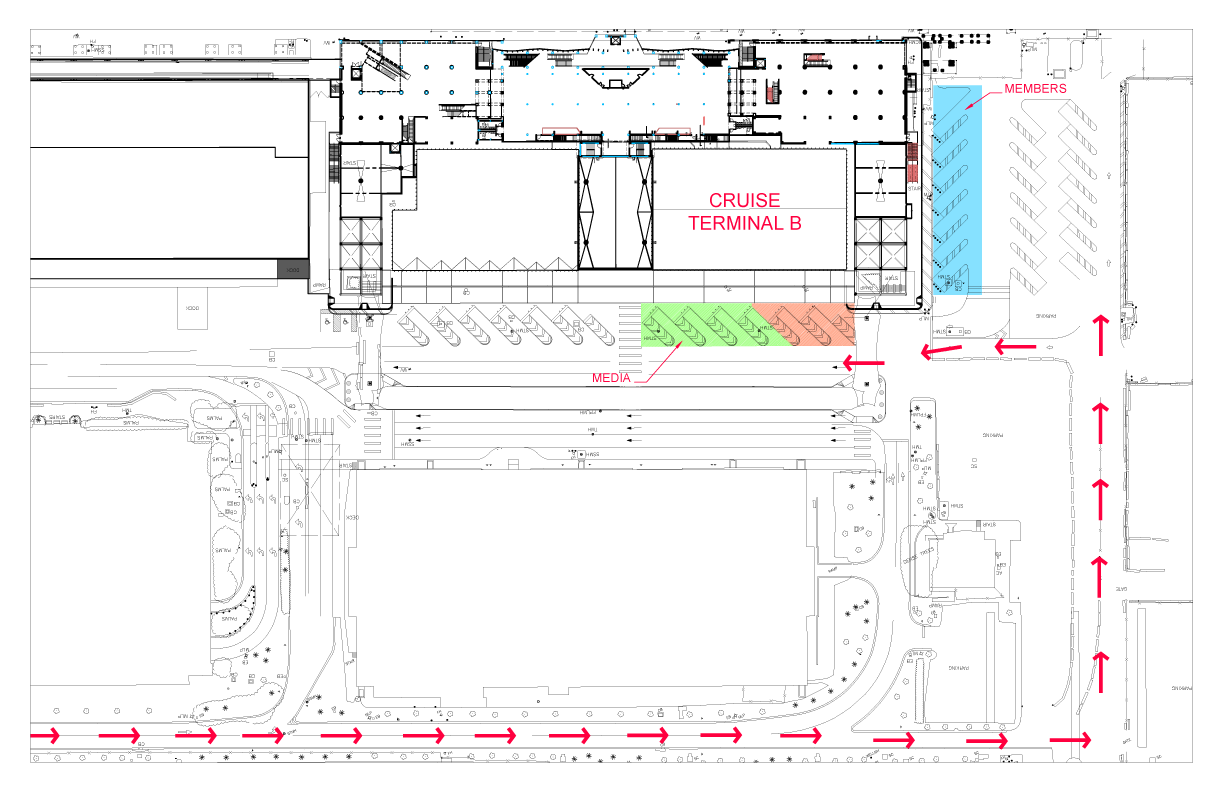|
Chairman Bill Shuster (R-PA)
Committee on Transportation and Infrastructure
(Remarks as Prepared)
Thank you Chairman Graves, and thank you to our gracious hosts here at the Port.
Five years ago, when I became Chairman of the Transportation and Infrastructure Committee, water resources projects were no longer a priority for Congress.Or at least no one had prioritized figuring out how to address these critical projects in a post-earmark environment. But with the help of my colleagues, stakeholders, and our witnesses here today, we changed that dynamic.
We prioritized a two-year WRDA cycle, and we have now passed bipartisan bills in the previous two Congresses. Today begins the process of completing another WRDA and, with your help, we will be successful.I’m interested in hearing how the reforms from previous WRDAs are working from your perspective, and how we can build upon the successes of those laws.
My goal is to continue working together with all stakeholders and listening to all viewpoints to develop the next WRDA.
The American people have spoken and they want us to improve our nation’s aging infrastructure.We need to take action so our infrastructure can meet the demands of our growing trade volume.
I look forward to working with all of you as we move through the WRDA process.I want to thank our participants, and I look forward to today’s discussion.
Chairman Garret Graves (R-LA)
Subcommittee on Water Resources and Environment
(Remarks as Prepared)
Good morning, and welcome everybody to our kickoff roundtable for the next Water Resources Development Act. I want to first thank the Port and our colleagues from the South Florida Region for hosting us today.
In the past three years, we have enacted major, transformational changes to the Corps. Congress made a conscious effort in WRRDA 2014 to enhance America’s competiveness and strengthen investments in the Nation’s water resources infrastructure, by including several transformative provisions in the law.
WRRDA 2014 reformed bureaucracy, and increased Congressional oversight in prioritizing future water resources investment.
With WRDA 2016, we got back to a two-year cycle and built on the reforms of WRRDA 2014 to further increase flexibility and remove barriers for state, local, and non-federal interests to invest in infrastructure.
Today, we begin the process of building off this extraordinary success. And with the help of our diverse group of participants today, I look forward to a thoughtful discussion on our Nation’s water resources infrastructure.
|







